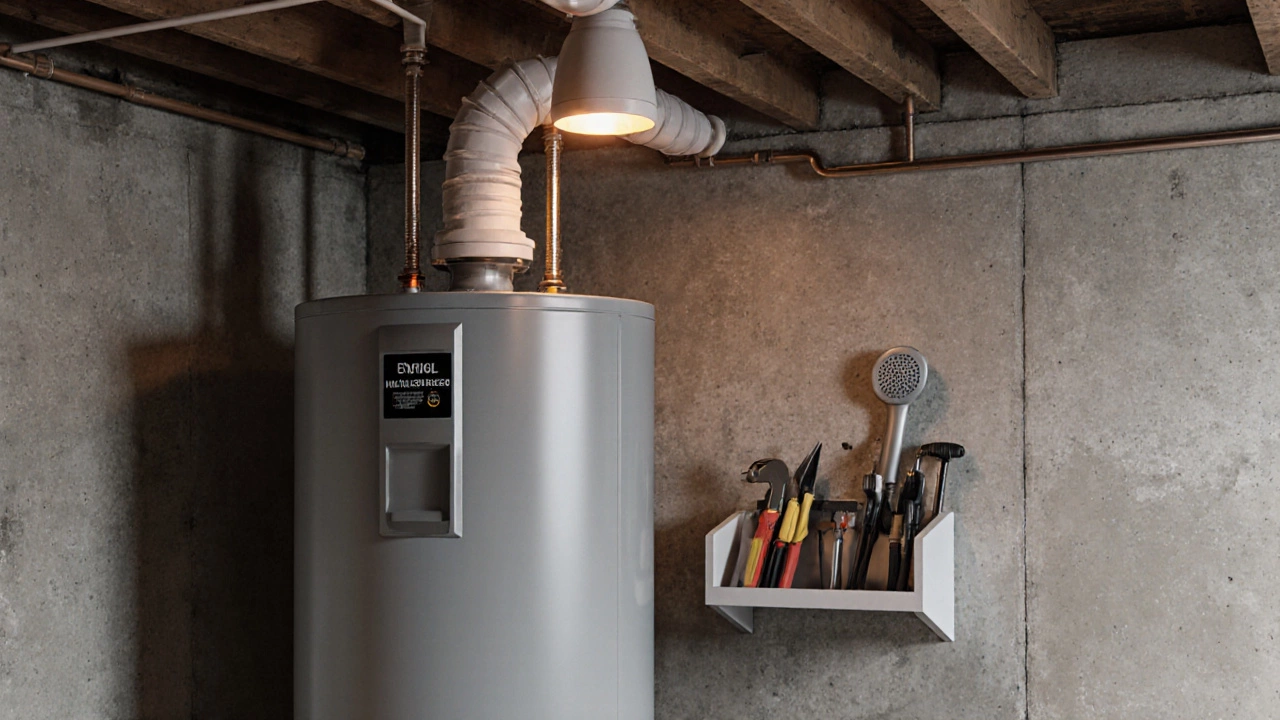
Learn how long water heaters typically last, what factors affect their lifespan, maintenance tips to extend service, and when to replace a failing unit.
Got a water heater that’s acting up? Most problems don’t need a full replacement – a bit of regular care can stop a leak, a cold shower, or a scary reset button from becoming a nightmare. Below are the easy steps you can do yourself, plus a quick guide on when to call a pro.
Think of your water heater like a car engine. If you never change the oil, check the belts, or look for rust, it will quit when you need it most. The same goes for heating panels, gas boilers, and electric tanks. Dirt builds up, minerals settle, and safety switches can wear out. Ignoring these signs means higher energy bills, noisy operation, and a higher chance of a sudden shutdown.
In the UK, most plumbers or Gas Safe engineers recommend a service at least once a year. The visit usually lasts 45‑90 minutes and covers a pressure test, safety valve check, and a quick visual inspection. If you can’t fit a professional into your schedule, do the basic checks below every six months.
1. Look for leaks. Open the area around the heater and check the pipe joints, the pressure relief valve, and the bottom of the tank. Even a small drip can waste water and damage floors.
2. Test the temperature and pressure (T&P) valve. Lift the knob gently – water should flow out and stop when you let go. If it keeps running, the valve is faulty and needs replacing.
3. Flush the tank. Sediment from hard water settles at the bottom and makes the heater work harder. Turn off power or gas, shut the cold‑water inlet, and attach a garden hose to the drain valve. Let the water run until it’s clear, then close the valve and fill the tank again.
4. Check the anode rod. This metal stick attracts corrosion, protecting the tank. If it’s more than 50% worn, replace it. It’s a simple twist‑off job for most models.
5. Reset button safety. Many electric heaters have a reset button that trips when the water gets too hot. Press it only after the heater has cooled for a few minutes. If it trips again, there’s an underlying issue – call a qualified technician.
6. Inspect the vent (gas heaters). Make sure the vent pipe isn’t blocked by debris or nests. A clear vent lets exhaust gases escape safely.
7. Listen for odd noises. Clicking, rumbling, or hissing can signal scale buildup or a loose component. A quick visual check often reveals the cause.
Doing these steps every six months saves a lot of hassle, plus you’ll notice a smaller energy bill. If anything feels out of your comfort zone – especially gas‑related work – call a certified professional. Safety first!
Bottom line: a little routine care keeps your water heater humming, saves you money, and avoids emergency calls. Set a reminder in your calendar, grab a hose, and give your heater the love it deserves.

Learn how long water heaters typically last, what factors affect their lifespan, maintenance tips to extend service, and when to replace a failing unit.
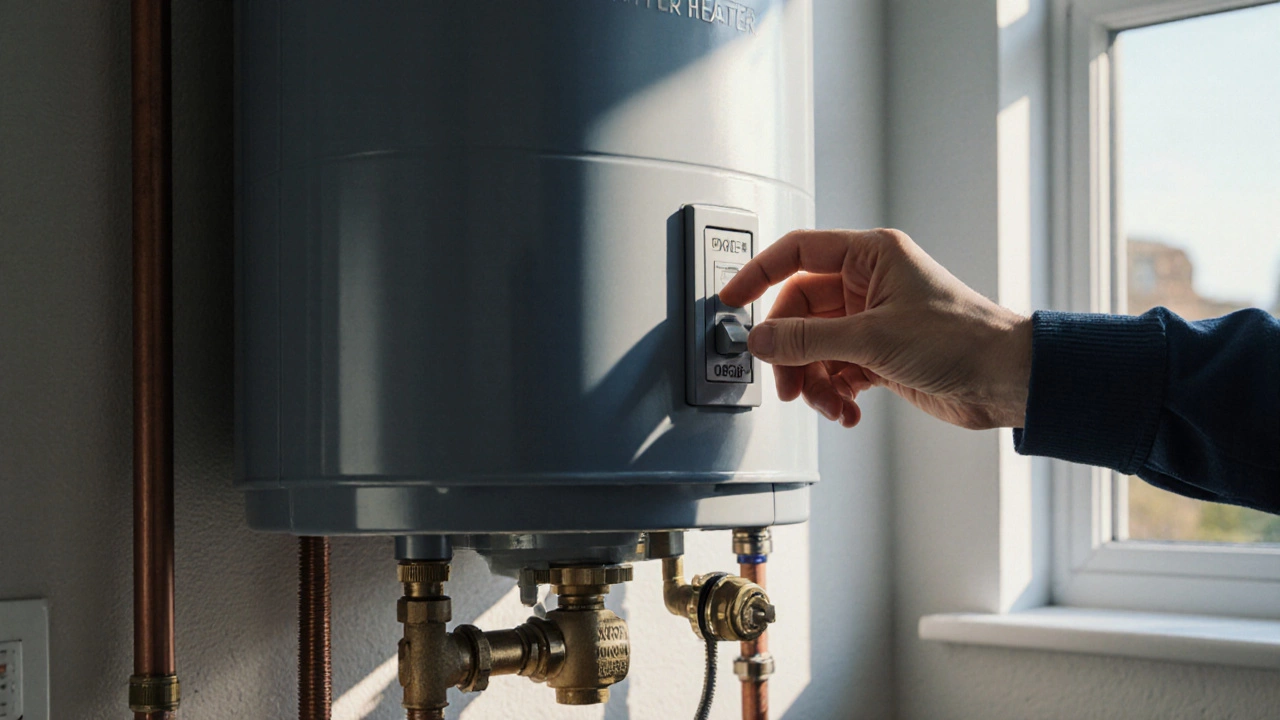
Learn the step‑by‑step checklist to diagnose a non‑working hot water heater, from safety shutdowns to key component tests, plus maintenance tips to prevent future failures.
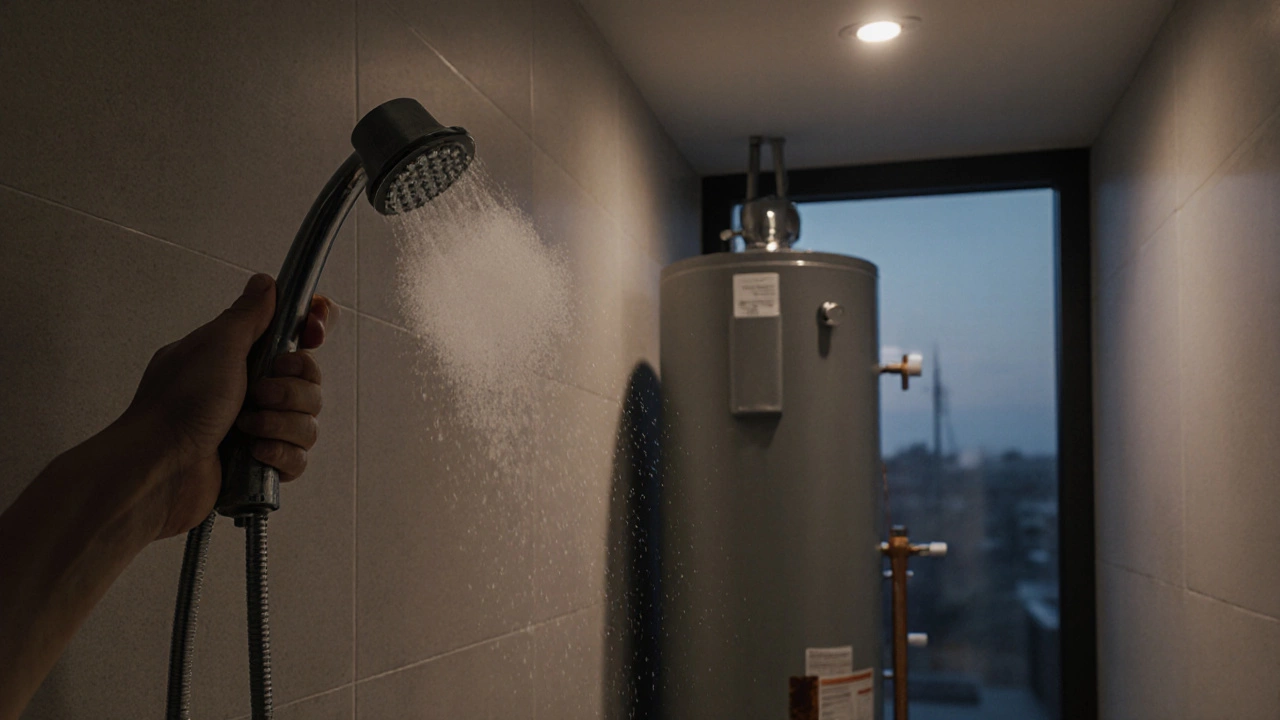
Discover the typical lifespan of different water heater types, factors that affect durability, warning signs, maintenance tips, and when to replace versus repair.
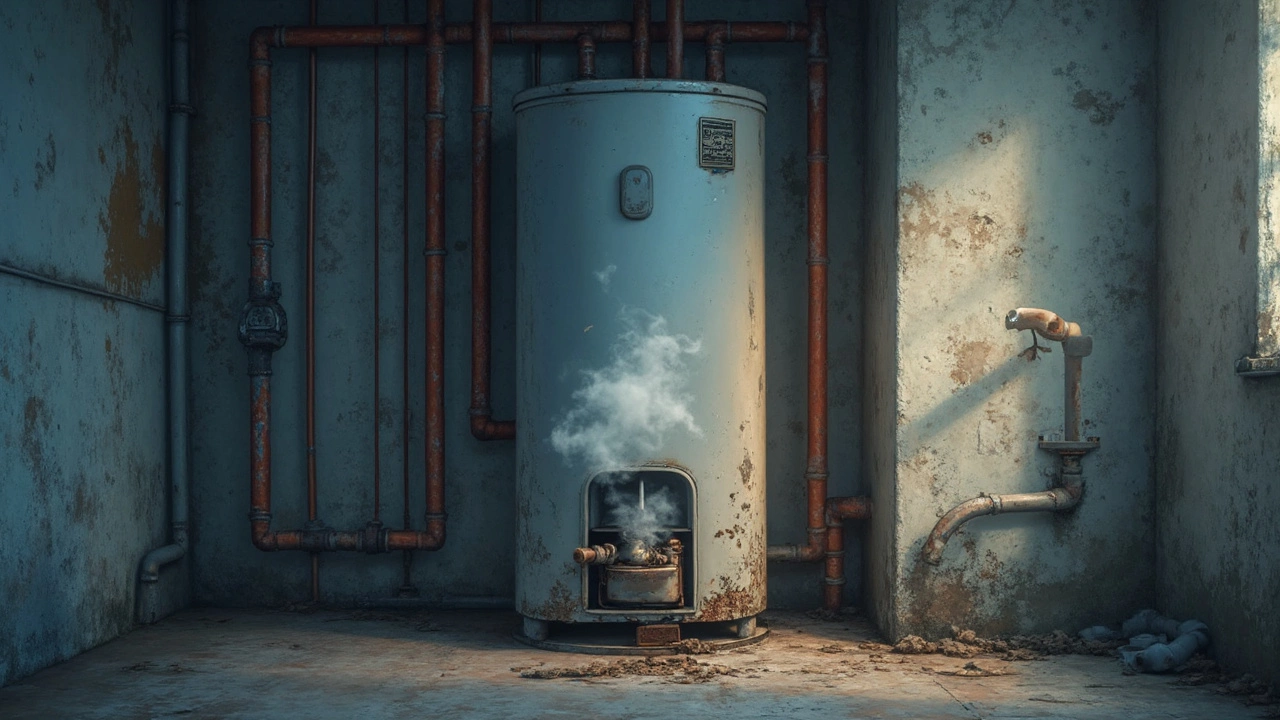
Water heaters are notorious for wearing out way faster than most people expect. This article breaks down the real reasons behind their early failures. You'll find out how mineral buildup, water quality, usage habits, and poor maintenance team up to wreck your heater. We’ll also talk about things you can actually do to extend your water heater’s life. If yours hasn’t failed yet, you’ll want to read this before it does.
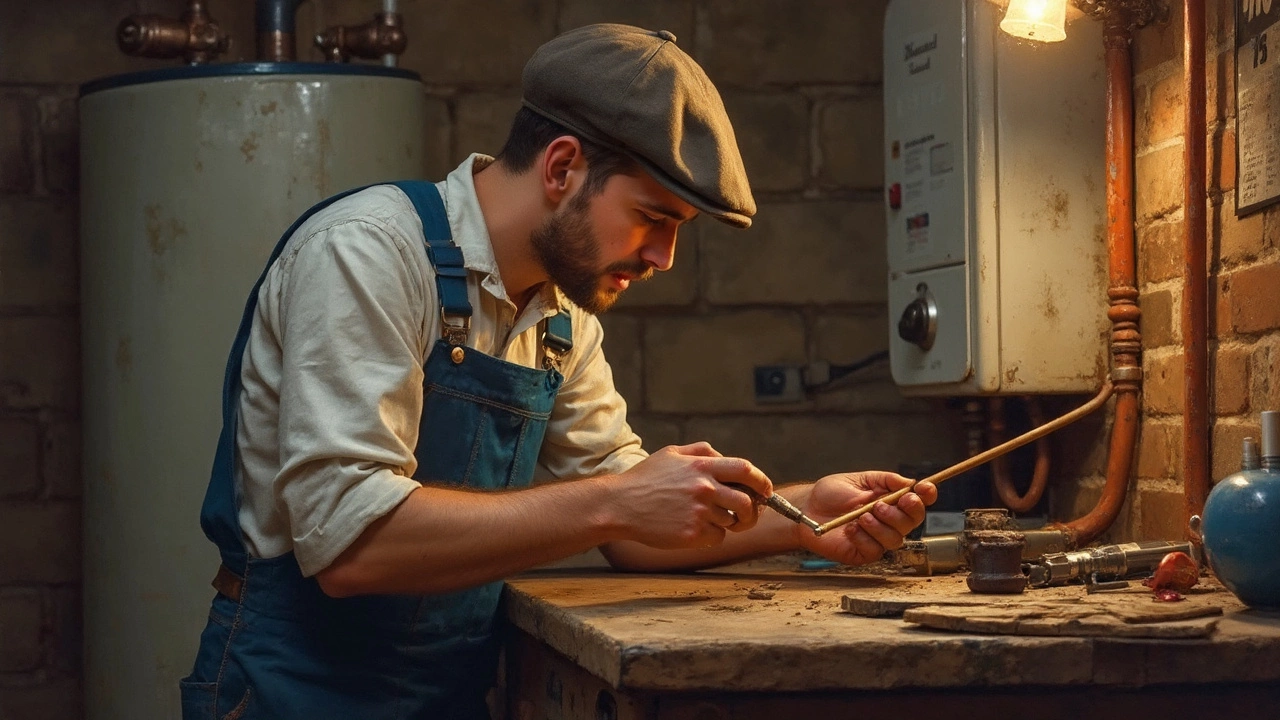
Identifying a failing anode rod can prevent costly damage to your water heater. This guide explains what signs to watch for, how often to check it, and why it's essential for extending your water heater's life. Learn practical tips for inspecting and replacing this key component and simple steps to keep everything running smoothly.